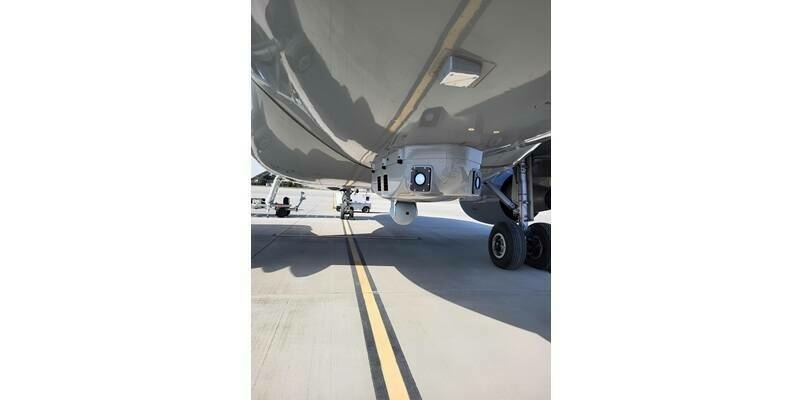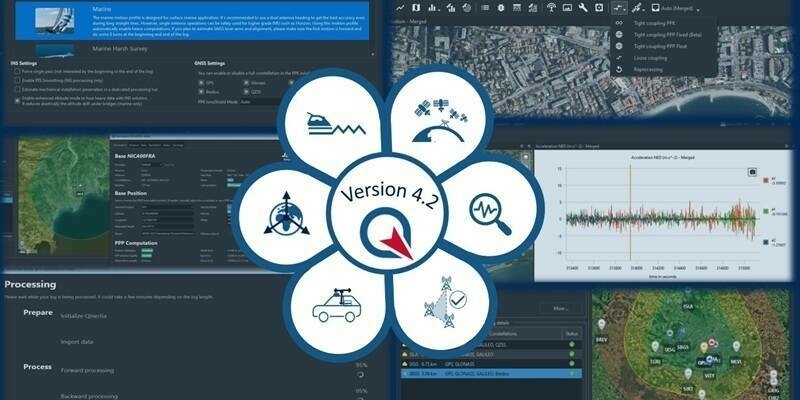The Sentinel satellites deliver the wealth of data and imagery that are central to the EU's Copernicus programme.
By offering a set of key information services for a broad range of applications, this global monitoring programme is a step change in the way we manage our environment, understand and tackle the effects of climate change, and safeguard everyday lives.
The Sentinel-1 mission carries an advanced radar to provide an all-weather, day-and-night supply of imagery of Earth's surface.
The first in the two-satellite mission - Sentinel-1A - was launched in April 2014 and its data have already been exploited for a range of services related to the monitoring of Arctic sea-ice extent, routine sea-ice mapping, surveillance of the marine environment, including oil-spill monitoring and ship detection for maritime security, monitoring land surface for motion risks, mapping for forest, water and soil management, and mapping to support humanitarian aid and crisis situations.
Once its sister Sentinel-1B is in orbit, the mission will be able to image every place on Earth every six days - and in some places even more frequently - offering increased coverage for operational and scientific applications.
Subscribe to our newsletter
Stay updated on the latest technology, innovation product arrivals and exciting offers to your inbox.
Newsletter

